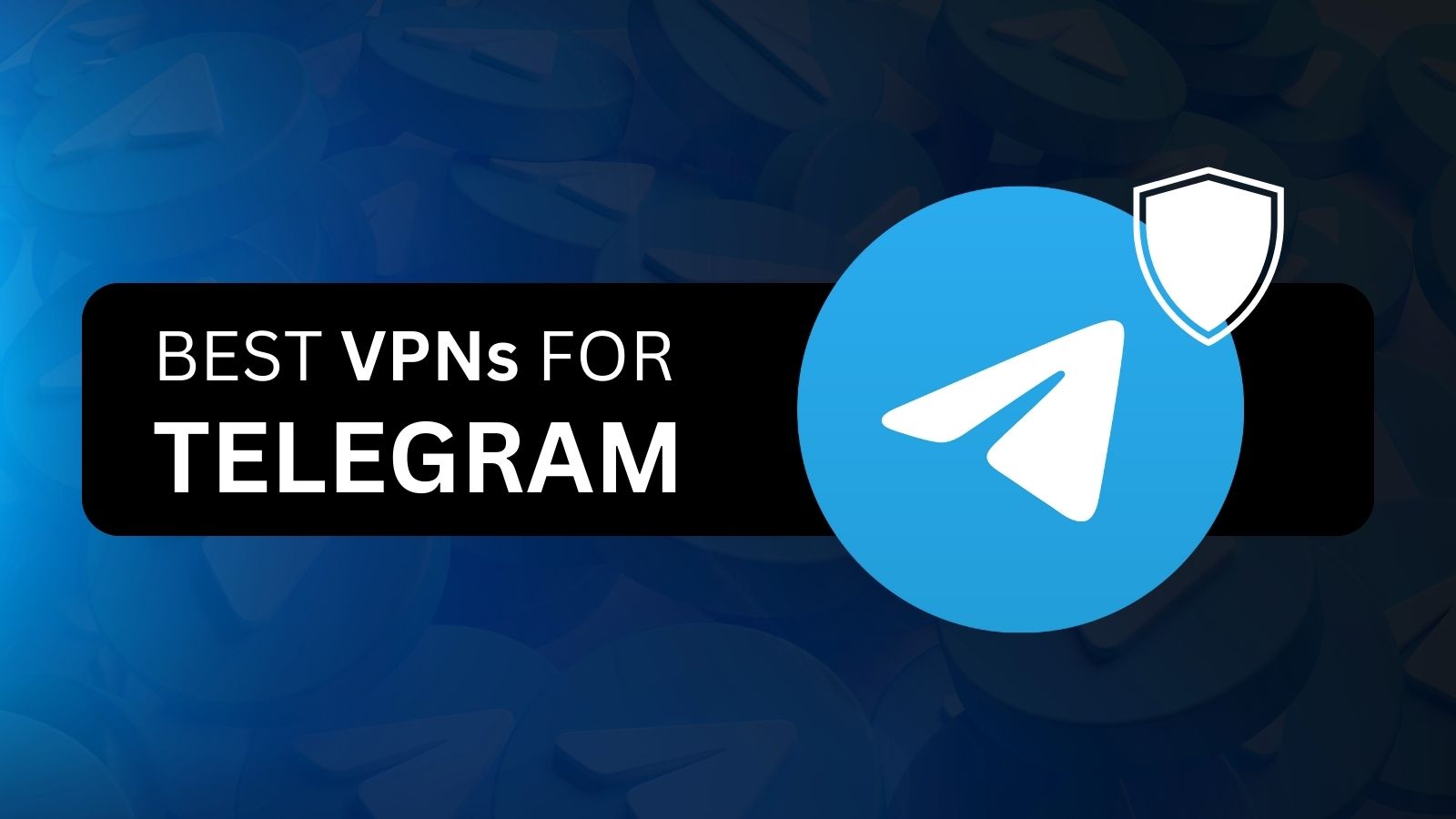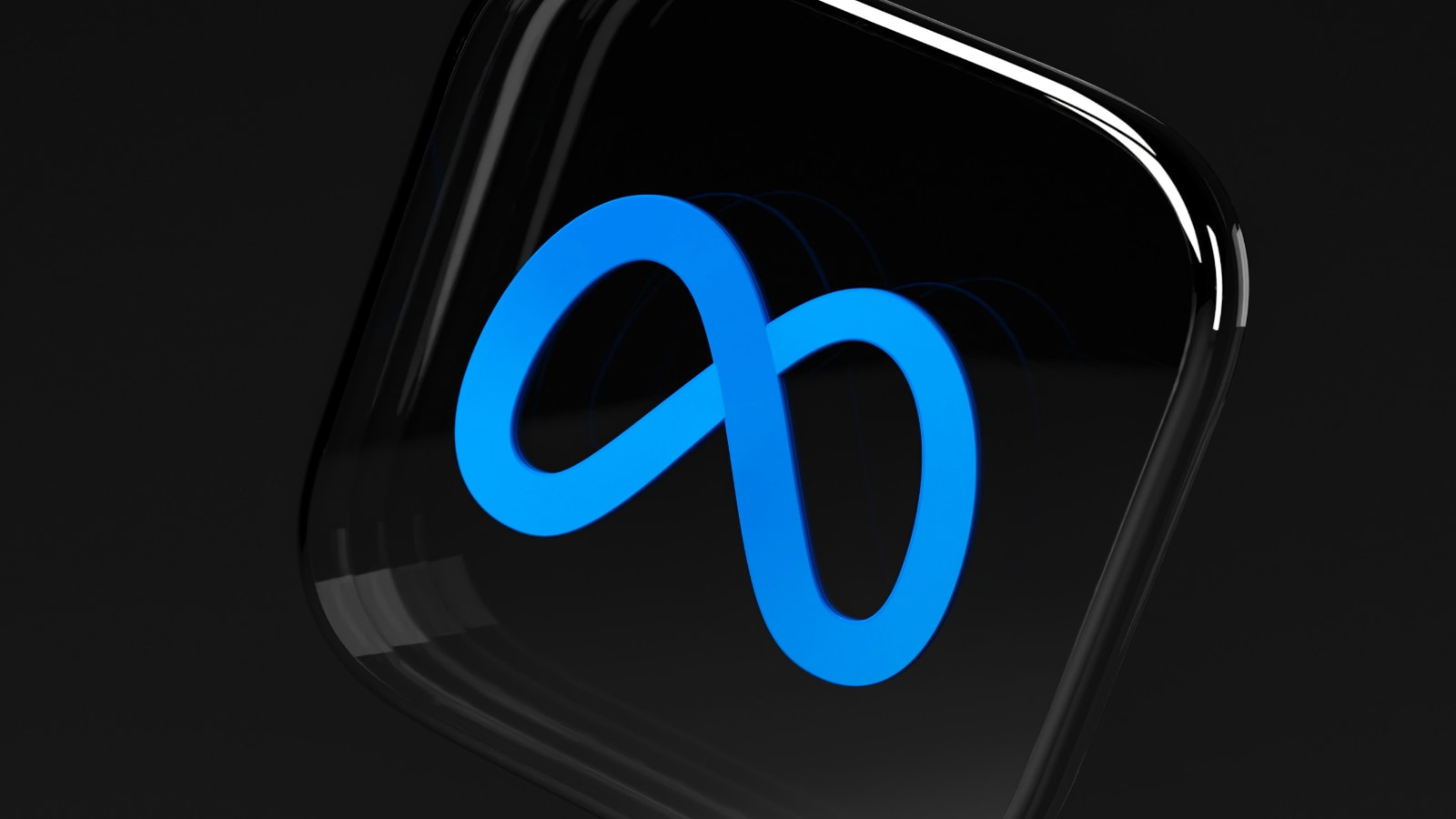
The Best Smart TVs to Buy in 2018 For a Captivating Entertainment Experience
Gone are the days when the TV in your living room was considered to be an 'idiot box'. The proliferation of the internet and internet-based audio and video delivery systems has helped a lot of viewers in cutting the cord and switch over to on-demand content.
The development of modern mobile operating systems that can run a host of applications helped in the spurt of smart TVs. A smart TV is any device that works as a conventional TV but can additionally also playback web-based content. Just like a smartphone, there are different operating systems that power smart TVs, the most popular of which includes webOS, Android TV, and Roku. Some OEMs such as Samsung offer their own proprietary platform as well. Most smart TVs include a basic browser depending on the platform. But the best utility of these smart TVs lies in the ability to run native apps, most of which are streaming services of the likes of Netflix, YouTube, Hulu, Spotify etc.
The prospect of being able to run on-demand content from the comfort of your couch is pretty enticing but there are a few pointers to remember before splurging in on a smart TV. Smart TVs, owing to their additional capabilities over conventional TVs, generally tend to be more expensive and not all models are exactly budget-friendly. Do remember that TVs are a marketer's favorite and all brands boast of impressive jargons for their features to attract buyers. It pays to be a bit diligent as not all features work the way they are advertised. As long as the panel itself is from a good supplier, the rest of the features are just add-ons to the overall viewing experience. And since we are talking about smart TVs, a user-friendly and up to date software interface also helps.
Now that we've seen what a smart TV is all about, here are the 8 best smart TVs to buy in 2018.
1. LG OLED65E8
- Features: Built-in Google Assistant; Works with Amazon Alexa; Alpha-9 processor; Pixel-level dimming; Dolby Atmos; Magic Remote
- Native Resolution: 4K (2160p) with Dolby Vision, HDR10, and HLG
- Display Size and Type: 65-inch OLED
- Platform: webOS
- Inputs: 4x HDMI with ARC; 3x USB 2.0; 1x RF; 1x Composite in; 1x Ethernet; 1x Optical Out; 1x RS232
- Dimensions: 57 x 8.7 x 36 in
The LG OLED65E8 is one of the best Smart TVs to come out of LG. LG continues to use the very popular webOS interface and has made it even better aesthetically to put your content first. It now comes with built-in digital assistant support for invoking Google Assistant and it also can be controlled by Amazon Alexa devices. The Alpha-9 processor helps in delivering life-like images with excellent depth, color saturation, and sharpness. This being an OLED panel, each pixel is individually lit and can be turned off independent of the other to create perfect blacks. The panel also offers native HDR support and is compatible with Dolby Vision and HDR10 content. Dolby Atmos provides spatial audio for a realistic sound experience.
LG's webOS has come a long way and supports most popular streaming apps that offer native 4K HDR content including Netflix, Amazon Prime, and YouTube. Depending on the country, you can also stream your cable TV if your provider has such a facility. You can control most of webOS with just your voice including searching apps, the internet, and TV listings. The only gripe is that the apps are organized linearly so getting to the desired one via scrolling can get tedious over time.
- Pros: Excellent picture and audio quality; Good user interface; All popular apps available
- Cons: Horizontal scrolling in menus can get tedious over time.
2. Sony Bravia XBR65A9F
- Features: X1 Ultimate picture processor; X-Reality Pro; Acoustic Surface Audio+; Motionflow XR; Voice remote control
- Native Resolution: 4K (2160p)@120Hz with Dolby Vision, HDR10, and HLG
- Display Size and Type: 65-inch OLED
- Platform: Android TV
- Inputs: 4x HDMI; 2x USB 2.0; 1x USB 3.0; 1x Composite in
- Dimensions: 62.3 x 7.8 x 39.1 in
The Sony Bravia XBR65A9F is one of the best Android TV offerings from Sony. It sports a modern design with extremely thin bezels and is a product of the Master series, which means the highest that Sony has to offer. The 65-inch OLED panel support native 4K HDR and can run at a 120 Hz refresh rate aided by Sony's Motionflow XR technology to offer smooth images without tearing. The X1 Ultimate processor delivers excellent picture quality with vivid colors and sharpness and also does a good job in upscaling regular content to 4K HDR. Picture noise is reduced thanks to the X-Reality Pro engine. The Bravia XBR65A9F is also one of the few smart TVs to support the IMAX Enhanced experience. Unlike other conventional TV's the Bravia XBR65A9F uses actuators and subwoofers to offer a great audio experience.
This Sony smart TV is built on the Android TV platform, which means you get instant access to Google Play's rich repository of apps and games. There aren't any negatives with this TV and Sony has done an excellent job. The only thing that will put off any prospective buyers is the price. If you can look past that, this is the Android TV to own.
- Pros: Excellent picture and sound quality; Normal to 4K HDR upscaling; Android TV
- Cons: Very expensive
3. Samsung QN65Q9F 9 Series
- Features: Q Engine; One Connect Box; Ambient Mode; Bixby Voice control remote; Universal Guide; SmartThings app
- Native Resolution: 4K (2160p)@240Hz with HDR10
- Display Size and Type: 65-inch QLED
- Platform: Proprietary
- Inputs: 4x HDMI with ARC; 3x USB 2.0; 1x RF in (Satellite); 1x RF in (Terrestrial); 1x Ethernet; 1x Optical Out; 1x RS232
- Dimensions: 57.1 x 14.2 x 34.1 in
The Samsung QN65Q9F sports a QLED panel lit by quantum dots that aims to offer enhanced color, contrast, and HDR functionality powered by the Q Engine processor. The Q9F sports a bezel-less screen and can sit flush on the wall to resemble a painting frame. It does away with the wiring via a single wire that originates from the One Connect Box. A neat feature of the Q9F is the Ambient Mode. The TV recognizes the decor surrounding it and blends to almost match it to look like a photo frame. It can also play some light music for that modern feel.
The Samsung Q9F uses its own proprietary OS based on the Eden platform. The software works with the Samsung SmartThings platform that enabling controlling all connected smart devices on the network using just the remote. The OneRemote, by the way, is Bluetooth enabled and can be voice activated using Samsung's Bixby voice assistant. The Q9F is also a great option for console gaming, especially when paired with the Xbox One X as it supports Variable Refresh Rate (VRR) and AMD Freesync.
- Pros: Excellent picture quality; Easy integration with other smart devices; Suitable for gaming
- Cons: No support for Dolby Vision; Viewing angles lesser than other OLED panels
4. Sony X900E
- Features: X1 4K HDR processor; XDR Pro; Works with Amazon Alexa; Triluminos wide color gamut
- Native Resolution: 4K (2160p)@120Hz with HDR10
- Display Size and Type: 65-inch LED
- Platform: Android TV
- Inputs: 4x HDMI with ARC; 2x USB 2.0; 1x USB 3.0; 1x Component/Composite Hybrid; 1x Composite
- Dimensions: 57 x 35.3 x 10.3 in
While the Sony Bravia Master series is the top of the line offering, those who wish to be a bit prudent with their TV expenditures can have a look at the Sony X900E. It brings forth most features found in the high-end Bravias at more affordable price points. This is not an OLED panel but the XDR Pro feature allows local pixel boosting and dimming for darker blacks and enhanced color. The X1 4K HDR processor can dynamically upscale content and allows smooth lag-free operation of the Android system. The TV comes with Android 7.0 Nougat but should be getting an update to Android 8 Oreo soon. The Sony X900E is also Amazon Alexa compatible, which means you can use your Echo or Echo Dot smart speakers to control the TV.
The Sony X900E is a great smart TV for gaming and works well with the PlayStation 4 Pro. The Android interface, however, can get slow at times, especially when there's high internet traffic. The panel is great for both darkroom and bright room viewing even if there is a slight loss of accuracy at certain angles. Sound quality is above average but generally, you should be factoring a soundbar or an AV receiver to get the best audio possible. At this price, there is only HDR10 support but no Dolby Vision. However, that should not be an issue as there is a scarcity of quality Dolby Vision content anyways.
- Pros: Good brightness and contrast; Access to Google Play
- Cons: Android UI can get a bit laggy; Picture adjustments don't apply universally to all input modes
5. TCL R617
- Features: NBP Photon technology; Contrast Control Zones; iPQ Engine; Voice controlled remote
- Native Resolution: 4K (2160p)@120Hz with Dolby Vision and HDR10
- Display Size and Type: 55-inch LED
- Platform: Roku TV
- Inputs: 3x HDMI with ARC; 1x USB 2.0; 1x RF in; 1x Composite; 1x Headphone jack;1x Optical Out; 1x Ethernet
- Dimensions: 48.5 x 30.6 x 10.7 in
TCL is a very popular brand in North America and their 6-series Smart TVs bring great features at affordable price points. The R617 is one of the very few TVs in the sub-$1000 range to offer both HDR10 and Dolby Vision HDR formats at a native 4K resolution. This is no OLED panel but the R617 can localize contrast via the Contrast Control Zones feature. The R617 is also a great option for gaming with an Xbox One X or a PlayStation 4 Pro console.
The TCL R617 is based on the Roku TV platform. Smart TV enthusiasts swear by Roku as it is very easy to use and lacks bias towards any particular streaming service. That said, Roku does not offer any smart assistant on its own but TCL has equipped the R617 with a voice-controlled remote that can respond to common voice commands. The TCL R617 has great performance overall but it is not without some glaring QA issues. Many users have complained of receiving units with vertical banding. Viewing angles are not too great and the app menus can look a bit pixelated.
- Pros: Great price/performance ratio; Supports almost all streaming services; Dolby Vision and HDR10 support
- Cons: No HLG HDR support; QA issues; Roku OS not as fluid as Roku Ultra
6. TCL S405
If the TCL R617 still feels a bit out of reach, consider the TCL S405. For all intents and purposes, the S405 inherits the same panel and features of the R617 and TCL has actually cut very few corners to bring down the price. Since this is a lower-end model, it forgoes some of the niceties of the R617 including Contrast Control Zones, Dolby Vision support, and a voice-controlled remote. However, you can use the Roku TV app on your smartphone that enables all functions of the physical remote and adds voice recognition functionality.
As mentioned earlier, TCL has not sacrificed too much for reducing the price. The picture quality is within 5% of the quality found in more expensive smart TVs. There are certainly a few areas for improvement, though. TCL should definitely improve the QC process and the viewing angles can be a tad bitter better. Navigating the settings can also feel a bit tedious at times and the brightness levels can also benefit from an increase.
- Pros: Well priced; Roku TV provides a great choice of streaming services
- Cons: Comparatively lower brightness levels; Settings navigation can feel tedious
7. LG OLED65C7P
LG is one of the best smart TV brands today (at least when it comes to OLED panels) and the LG OLED65C7P can compete with the best smart TVs despite retailing at a fairly lesser price. Since it sports an OLED panel, the C7P boasts of inkish blacks and excellent picture clarity. It comes with both Dolby Vision HDR and Dolby Atmos sound, which are ably showcased via the Dolby Access app. The LG C7P is powered by webOS and together with the voice-controlled Magic Remote, navigation is easy and fluid. There is support for most streaming services including popular ones such as Netflix, Sling TV, and Amazon Prime.
The overall performance of the C7P easily justifies the price but the smart TV does suffer from a few issues. These are mostly related to the OLED panel and not to the smart TV itself. People have reported burn-in issues and problems in dealing with LG's service. However, all said and done, the LG C7P provides excellent picture and sound quality for the price.
- Pros: Great picture and sound quality; Feature-rich webOS
- Cons: Burn-in issues; Service issues
8. Samsung NU8000
- Features: Essential Contrast Plus; Clean cable solution; Bixby voice control; OneRemote; Universal Guide; Dolby Audio
- Native Resolution: 4K (2160p)@240Hz with HDR10
- Display Size and Type: 65-inch LED
- Platform: Proprietary
- Inputs: 4x HDMI with ARC; 2x USB 2.0; 1x RF in (Satellite); 1x RF in (Terrestrial); 1x Ethernet; 1x Optical Out; 1x RS232
- Dimensions: 56.9 x 35.8 x 13.8 in
The Samsung NU8000 can be called a scaled-down version of the Samsung Q9F if you will. You still get a premium TV experience that supports native 4K and Samsung's own HDR10 implementation called HDR Plus. Motion Rate 240 simulates faster picture motion but can be turned off if desired. A neat feature of the NU8000 is the Game Mode, which automatically optimizes the response time for lag-free and responsive gaming. The OneRemote connects via Bluetooth and uses Bixby for voice recognition. It can also interface with other compatible smart devices on the network.
Similar to the Q9F, the NU8000 is based on Samsung's proprietary OS based on the Eden platform. The OS works well with Samsung devices and offers access to most streaming services in full 4K HDR. That said, there are complaints about the software being bloated with unnecessary apps and ads with no way to completely disable them. There are also a few reports of a pop/crack sound near the input panel. Even with these minor annoyances, the NU8000 serves as a great smart TV option in 2018.
- Pros: Good picture and sound quality; Voice controlled remote
- Cons: Software UI has lots of ads; Occasional pop/crack sound near the rear input panel
Final Thoughts
Dear readers, that would be all for our list of the best smart TVs to consider buying today. While expensive models will get you more features, the basic picture quality will be more or less the same across brands using panels from the same supplier. We hope this purchasing guide has helped you in getting a basic sense of the market. As always, if you have additional questions, don’t hesitate to post them in the comments below and we will do our best to provide a timely response.
Finally, we’d like to ask you to share this article online. Also, don’t forget to follow TechNadu on Facebook and Twitter. Thanks!











